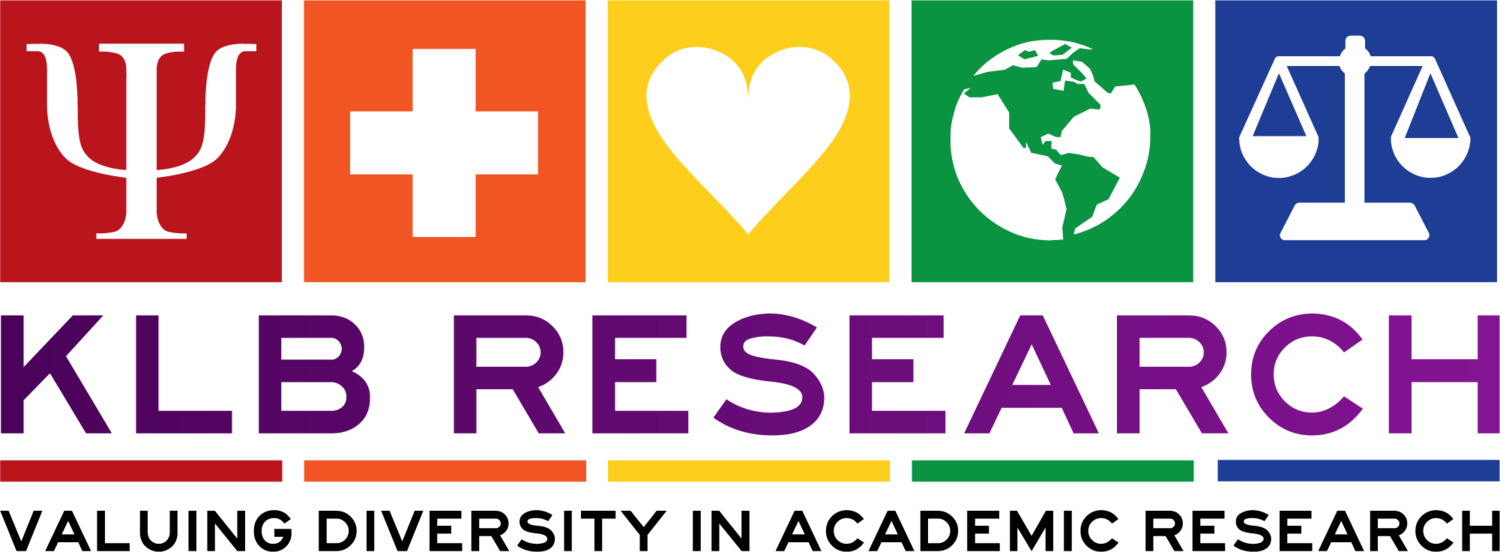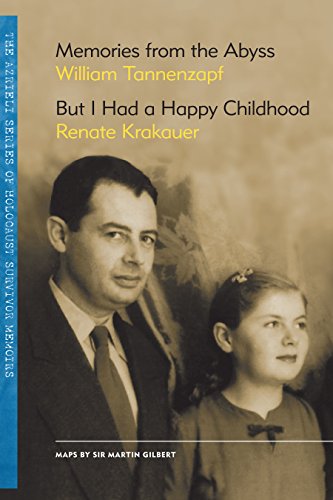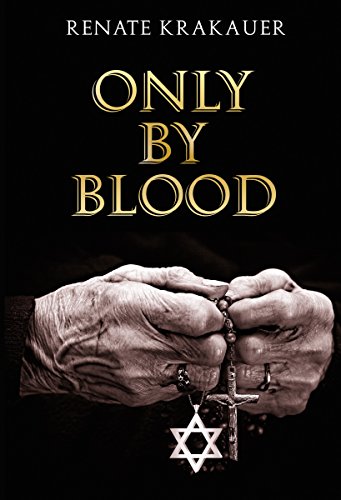On day 2 of the Leaders of Change program by the Canadian Society for Yad Vashem, we had a panel of Holocaust survivors come to speak with the group before our departure for Europe. Although I had heard two of these survivors speak before, and had read their books, everything that they had to share with us was “new to me.” They tailored their comments specifically to our group - a group of educators - and spoke about the importance of Holocaust Education, their experiences talking to young people (and sometimes their challenges in doing that work), and they spoke to us about what we would see on our trip - as well as what we would not see. For example, if you visit Auschwitz today during the summer months, you’ll see a lot of green grass - in a sense, it has a deceivingly “picturesque” aspect to it that fails to convey the reality of what this place was like 80 years ago. Nate Leipciger also spoke about his work in helping to guide how Auschwitz would function as both a museum/educational site and memorial. For example, he told a story about speaking with a gentleman who visited Auschwitz and remarked that it didn’t seem “authentic” because he expected it to be more run down. He said that boards had been replaced, and posts in the fence were new, and that the barbed wire was shiny. For a place 80 years old, surely it should be more run down. But this is where the curators face a challenge. How do they strike a balance between preserving a decaying site and preserving a site of education? If it is left to disintegrate, that is exactly what will happen. However, I really appreciated how Nate answered this particular gentleman. He said to the man, “well, when I was there, the fence posts were new, the boards on the barracks were new, the barbed wire was shiny, so when you visit today and you see it like this, you are seeing it in a way that is much closer to how I experienced it than it would be if it were simply allowed to age and decay without any maintenance at all.” Each memorial and educational site must decide how to deal with this dilemma. To what extent should sites be allowed to naturally decay and to what extent should they be “maintained” in order to present to future generations an image of what the place was like when it was in operation?
Here are the books written by the three survivors that spoke with us in Toronto before we left for Berlin.
-
August 2020
- Aug 5, 2020 The Social Psychology of the Holocaust Podcast Aug 5, 2020
-
May 2020
- May 21, 2020 An Open Letter About Holocaust Education in Canadian Schools May 21, 2020
-
July 2019
- Jul 8, 2019 Treblinka Jul 8, 2019
- Jul 7, 2019 Łódź Memorial: Radegast Station Jul 7, 2019
- Jul 6, 2019 Berlin & Wannsee Jul 6, 2019
- Jul 5, 2019 Berlin & the Monument for Homosexual Persecution Jul 5, 2019
- Jul 4, 2019 Berlin Jul 4, 2019
- Jul 3, 2019 Meeting with Holocaust Survivors in Toronto Jul 3, 2019
- Jul 1, 2019 Canadian Society for Yad Vashem Leaders of Change Program Jul 1, 2019
-
December 2017
- Dec 2, 2017 How Taking A Course About the Holocaust Just Might Save A Life! Dec 2, 2017





